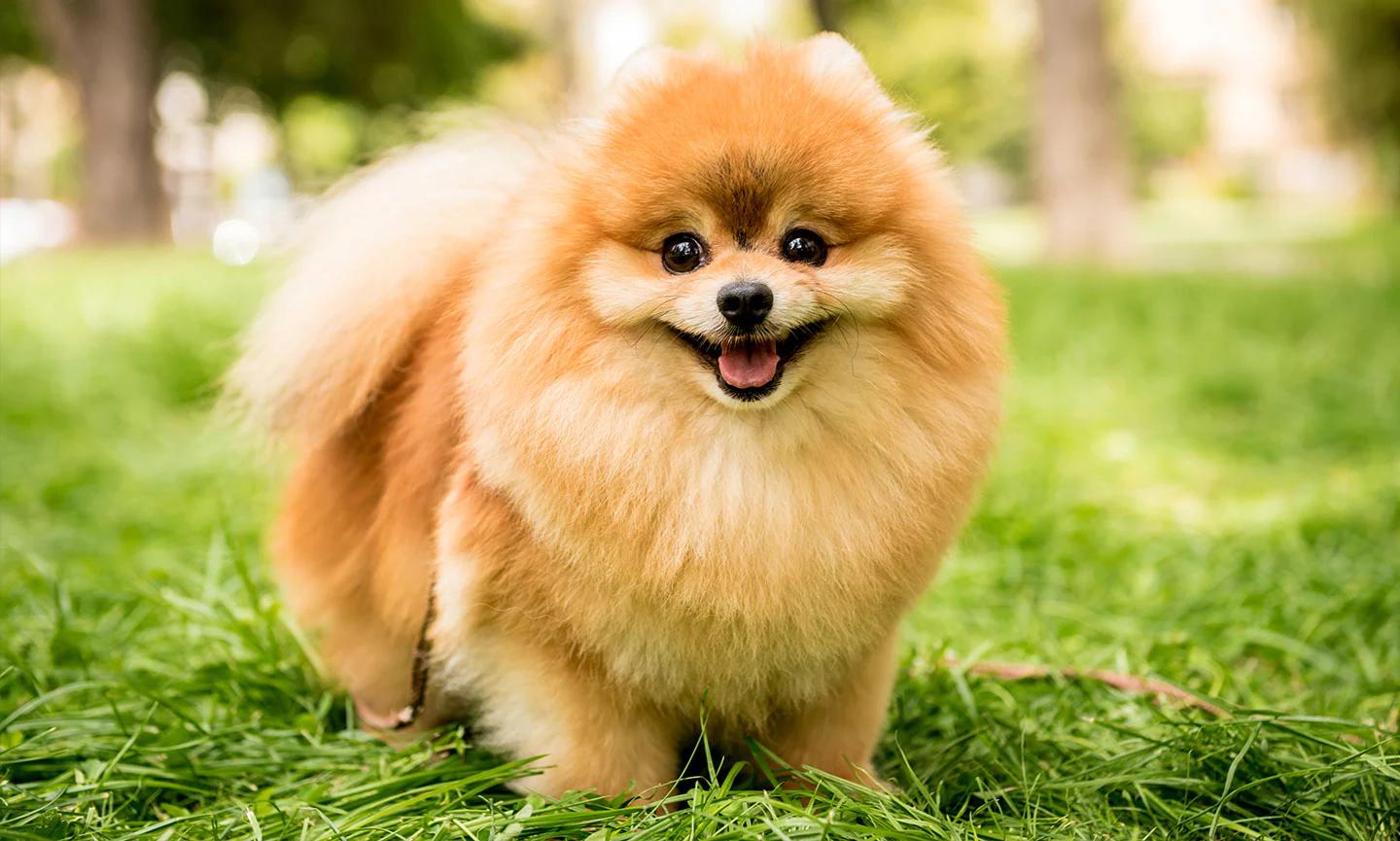
Dog shedding is a natural occurrence that often leaves pet owners with questions and concerns. Understanding the reasons behind this common phenomenon is crucial to ensure proper care for our furry companions. By delving into the science behind why dogs shed, we can embrace shedding as a normal part of pet ownership and take proactive steps to manage it.
Seasonal Adaptation
In many cases, dog shedding is influenced by seasonal changes. Dogs possess a specialized hair growth cycle that responds to variations in daylight and temperature. During the warmer months, dogs shed their dense winter coats to adapt to the rising temperatures, and vice versa during colder months. Breeds that originate from colder climates tend to have thicker, double coats, resulting in more noticeable shedding.
Hormonal Factors

Hormones play a significant role in regulating a dog’s hair growth cycle. Factors such as puberty, pregnancy, and certain medical conditions can influence the production of hormones, leading to increased shedding. Spayed and neutered dogs may also experience shifts in their hormonal balance, impacting their shedding patterns.
Ancestral Heritage
Different dog breeds were originally developed for diverse purposes, often reflecting their natural environment. Breeds adapted to harsh weather conditions may have thicker coats designed to provide insulation and protection. Shedding is more prominent in these breeds as they adjust to seasonal changes and maintain their coat’s health.
Health and Nutrition
The overall health and nutrition of a dog significantly impact its coat condition and shedding. A balanced diet with essential nutrients and regular grooming practices can help minimize excessive shedding. Dogs with allergies or skin conditions may experience increased shedding as a result of itching and inflammation.
Stress and Anxiety
Just like humans, dogs can experience stress and anxiety, leading to excessive shedding. Changes in their environment, separation anxiety, or loud noises can trigger stress-related shedding. Providing a secure and calm environment can help reduce this type of shedding.
Age
A dog’s shedding patterns can vary throughout its life. Puppies often shed their baby fur to make way for their adult coat, resulting in increased shedding during this transitional phase. As dogs age, they may experience changes in their hair growth cycle, leading to variations in shedding frequency.
Conclusion
Dog shedding is a natural and unavoidable process that is influenced by various factors, including seasonal changes, hormones, ancestry, health, and age. As responsible pet owners, understanding the science behind dog shedding allows us to provide better care for our canine companions. Regular grooming, a nutritious diet, and a stress-free environment are essential elements in managing shedding and ensuring our dogs lead healthy and happy lives.
